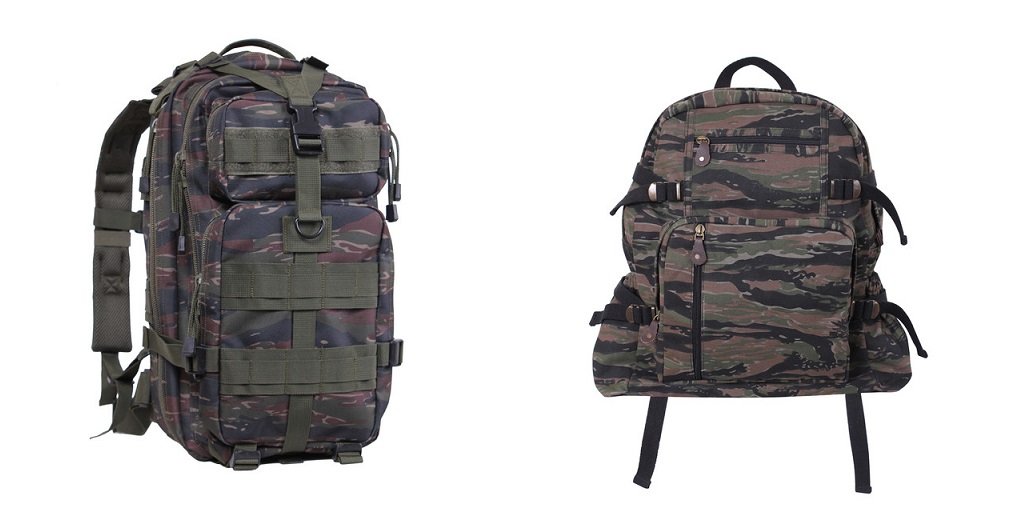Understanding the dew point is crucial in meteorology, HVAC systems, industrial processes, and even everyday weather forecasting. But calculating the dew point manually involves complex equations and various environmental parameters. That’s where a Dew Point Calculator becomes an invaluable tool. This article dives deep into what a dew point calculator is, how it works, its significance, and how you can use it to make better decisions in various fields.
What Is the Dew Point?
The dew point is the temperature at which air becomes fully saturated with moisture, meaning it can’t hold any more water vapor. When air is cooled to this temperature, the water vapor begins to condense into a liquid, forming dew. It’s a direct measure of atmospheric moisture.
Unlike relative humidity, which depends on temperature and moisture, the dew point offers an absolute measure of humidity. A higher dew point means more moisture in the air. For instance:
- A dew point of 60°F (15°C) feels moderately humid.
- A dew point above 70°F (21°C) feels uncomfortably sticky and humid.
- A dew point below 50°F (10°C) feels dry.
Understanding dew point is essential for everything from weather forecasting to industrial drying processes.
What Is a Dew Point Calculator?
A dew point calculator is a digital or physical tool that helps you determine the dew point based on various environmental parameters. Typically, it uses inputs like:
- Ambient temperature
- Relative humidity (RH)
- Atmospheric pressure (in some advanced calculators)
Once these values are entered, the calculator computes the dew point using established formulas or algorithms. This eliminates the need for manual calculations and offers instant, accurate results.
There are various forms of dew point calculators, including:
- Online calculators
- Mobile apps
- Embedded calculators in HVAC tools
- Industrial-grade instruments with sensors
Why Is the Dew Point Important?
Weather Forecasting
Meteorologists use dew point to determine how humid it will feel outside. Dew point readings can also predict the likelihood of fog, frost, or dew formation.
HVAC System Optimization
In HVAC (Heating, Ventilation, and Air Conditioning), the dew point helps control indoor air quality. Maintaining the correct dew point avoids mold growth and condensation on vents, and ensures thermal comfort.
Industrial Processes
Industries dealing with compressed air systems, drying materials, or storing hygroscopic substances rely heavily on dew point readings to prevent moisture damage.
Agriculture
In agriculture, dew point helps farmers predict frost events or disease risks in crops that thrive in humid environments.
Aviation
Knowing the dew point is critical for pilots to determine cloud base altitude and anticipate icing conditions on aircraft.
Types of Dew Point Calculators
Online Tools
These web-based calculators allow you to input temperature and humidity values to instantly get the dew point. They are ideal for quick checks and commonly used by weather enthusiasts and professionals alike.
Mobile Applications
Apps offer portable convenience, often with features like data logging, geo-tagging, and graph plotting. Many are available for both iOS and Android devices.
Handheld Devices
These devices, used by professionals in HVAC, meteorology, and fieldwork, feature built-in temperature and humidity sensors, delivering real-time dew point readings.
Industrial Instruments
These high-precision instruments are used in cleanrooms, compressed air systems, and manufacturing environments. They often integrate with SCADA systems for automated monitoring and alerts.
Benefits of Using a Dew Point Calculator
Accuracy
Manual calculations can be prone to error. A dew point calculator ensures precise measurements, which are vital for decision-making.
Speed
Instant results make it easy to respond to changing conditions, especially in time-sensitive scenarios like aviation or storm prediction.
Efficiency in HVAC Design
Knowing the dew point helps engineers design efficient systems that prevent condensation and mold growth.
Safety
In environments like food processing plants or pharmaceutical labs, accurate dew point monitoring ensures safety and compliance with standards.
Easy to Use
Most dew point calculators are user-friendly, requiring minimal input and expertise, making them accessible even to non-technical users.
Limitations and Considerations
Sensor Accuracy
In handheld and industrial tools, the quality of the humidity and temperature sensors significantly affects accuracy.
Environmental Conditions
Extreme temperatures or rapid fluctuations can cause errors or lag in readings.
Calibration Needs
Devices should regularly calibrate to ensure accuracy, especially in critical environments.
Not All Tools Are Equal
Free tools may not offer the same accuracy as professional-grade equipment. It’s essential to choose the right calculator based on your needs.
How to Use an Online Dew Point Calculator: Step-by-Step
Open the Calculator Tool – Use a trusted website like Omni Calculator, WeatherSpark, or a reputable meteorological institute.
Enter the Air Temperature – Usually in °C or °F.
Enter the Relative Humidity – Typically in percentage (e.g., 65%).
Click “Calculate” – The tool instantly displays the dew point temperature.
Interpret the Results – Compare the dew point with actual air temperature to assess moisture levels.
Dew Point vs. Humidity: What’s the Difference?
While both terms relate to moisture in the air, they have key differences:
- Relative Humidity is a percentage showing how much moisture the air holds compared to what it could hold at a given temperature.
- Dew Point is a temperature showing the point at which condensation begins.
For example, two days might have 50% humidity, but if one is 30°C and the other is 15°C, the actual moisture content (and dew point) is very different. Dew point gives a clearer picture of how humid it actually feels.
Best Dew Point Calculators You Can Use
Here are some popular and reliable dew point calculators:
Omni Calculator
It offers a user-friendly interface with options for wet bulbs and relative humidity.
National Weather Service (NWS) Tool
This calculator is used by professionals to give detailed atmospheric insights.
Vaisala Humidity Calculator
An advanced tool for engineers and technicians, integrating multiple parameters.
Psychrometric Chart Tools
Great for visual learners, these allow for plotting dew point manually with the help of graphs.
Applications in the Real World
Home Climate Control
Smart thermostats with dew point calculators help maintain indoor comfort and prevent moisture issues.
Data Centers
Maintaining an optimal dew point ensures that servers don’t overheat or collect condensation, which can cause damage.
Greenhouse Farming
Dew point levels determine whether crops will thrive or be exposed to disease risks due to high humidity.
Painting and Coating
Industries dealing with surface coatings rely on the dew point to avoid blistering and poor adhesion due to condensation.
Tips for Accurate Dew Point Measurement
- Use calibrated instruments.
- Avoid placing sensors near heat or moisture sources.
- Record measurements during stable weather conditions.
- Cross-check with multiple tools if critical.
Conclusion
A dew point calculator is a powerful tool with applications ranging from home climate control to high-tech industrial environments. Understanding how it works and its importance can significantly improve decision-making in weather forecasting, HVAC design, agriculture, and more. Whether you’re a professional or just curious about the weather, using a dew point calculator helps you decode the moisture in the air with precision and confidence.











Leave a Reply